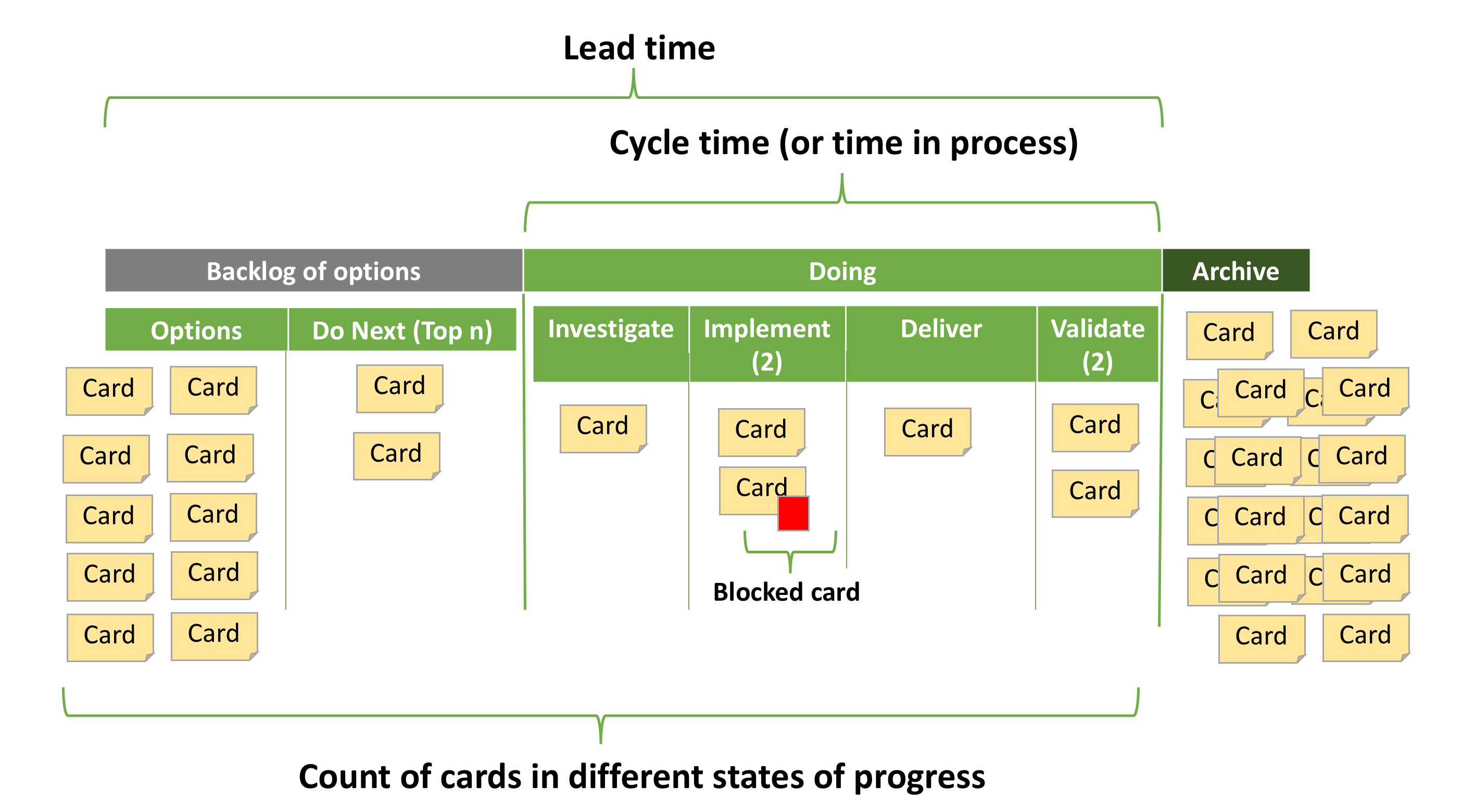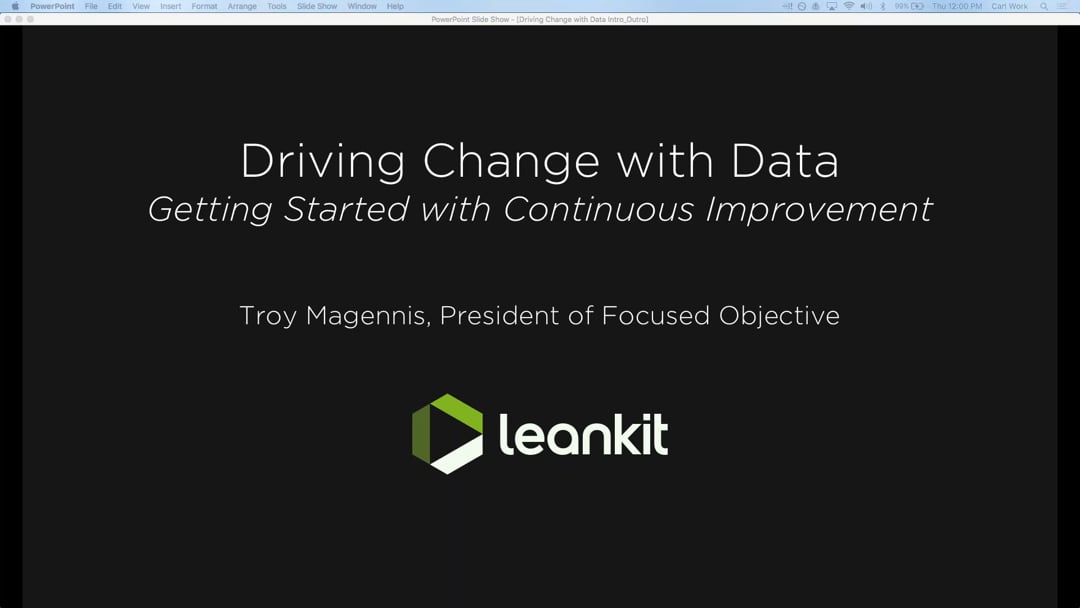
Not sure how to get started with continuous improvement? Understanding how to use data to drive improvement efforts can be challenging: Watch this webinar for actionable steps that will help you jumpstart your continuous improvement initiatives.
Driving Change with Data
In this webinar, you’ll learn how to:
- Set up boards to highlight opportunities for improvement.
- Use data to understand process changes and constraints.
- Leverage Planview AgilePlace’s Speed, Exceptions, Distribution, and Flow Reports.
I’ll show you how to implement sustainable and continuous process improvement throughout your organization.
Watch the Webinar
View my slide deck here.
Additional Learning Resources
Here are some additional resources to learn more about metrics in Planview AgilePlace:
- 7 Lean Metrics to Measure and Improve Flow
- New Planview AgilePlace Distribution Report
- How to Use Planview AgilePlace Analytics and Metrics
Questions from the Webinar
We received some great questions from the audience for this webinar that we wanted to share. Share your questions in the comment section below:
Q: How do you effectively link continuous improvement back to desired outcomes – i.e., traceability?
A: Run every improvement idea as an experiment and specify up front how you expect it to move a metric — by how much and by when. Attribution of change to outcome is hard, but we do it in medicine, etc. through careful design of experiments.
Q: What is the importance of a culture change when getting started with a continuous improvement program?
A: Culture is critical. At the very least, you have to get agreement that improvement is a valuable investment. Improvements have a multiplier effect on current work and future work, so they’re worth the effort. Get agreement that at least one improvement experiment should be run at all times, and be sure to visualize this work so that it doesn’t get lost in the shuffle (keep at least one improvement card on the board at all times!)
Q: How do you work with teams where not all members want to be transparent with their data?
A: This is hard to completely solve. People hide data when they feel it’s personal, and not about the work. I’d start by highlighting the flow of work as a group rather than looking at individuals. We talk about balanced metrics in this talk, so showing multiple types of metrics (quality, predictability, performance and reliability) rather than focusing on a single metric often solves the problem.
Q: How to address this issue with people: “I have no time to document my improvements?”
A: If we can get the team to agree that improvement has a multiplier effect (helps current and all future work), then we should have a strong argument for retaining some capacity for improvement. We need to perform improvements as proper experiments and show the impact in dollar terms. Do this a few times and the trust will build, allowing you to allocate more space for larger experiments.
Q: How does data support management’s recommendations to confirm performance issues/opps, cause/impact, and prioritization in Agile environments?
A: Our new Speed and Exceptions reports make it clearer to see process impediments and change over time. Our goal with Analytics is to help you see the unusual, and help people make better decisions, both retrospectively and before starting new work.
Q: Does Planview AgilePlace have any support for probabilistic forecasting yet?
A: Not yet. But it’s an inevitable outcome that we will increase the ability to forecast completion dates based on prior card history. So more to come on this — stay tuned.

![A Global Collaborative Work Management Blueprint [Video]](https://blog.planview.com/wp-content/uploads/2019/07/A-Global-Collaborative-Work-management-blueprint.png)



